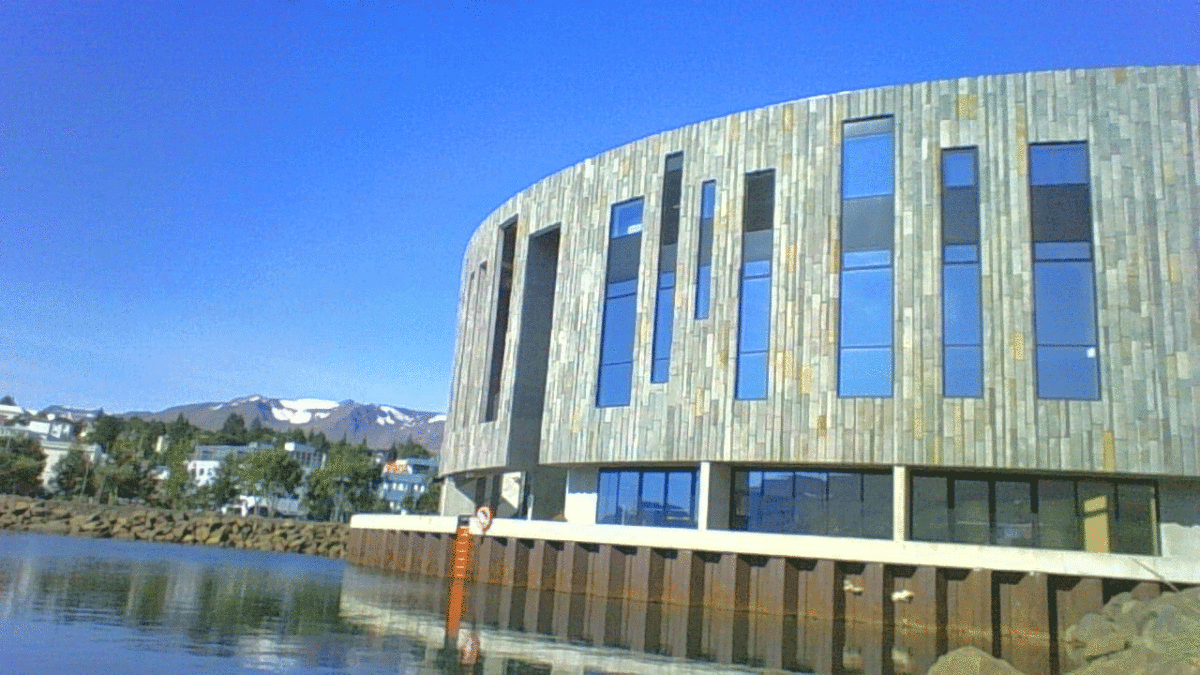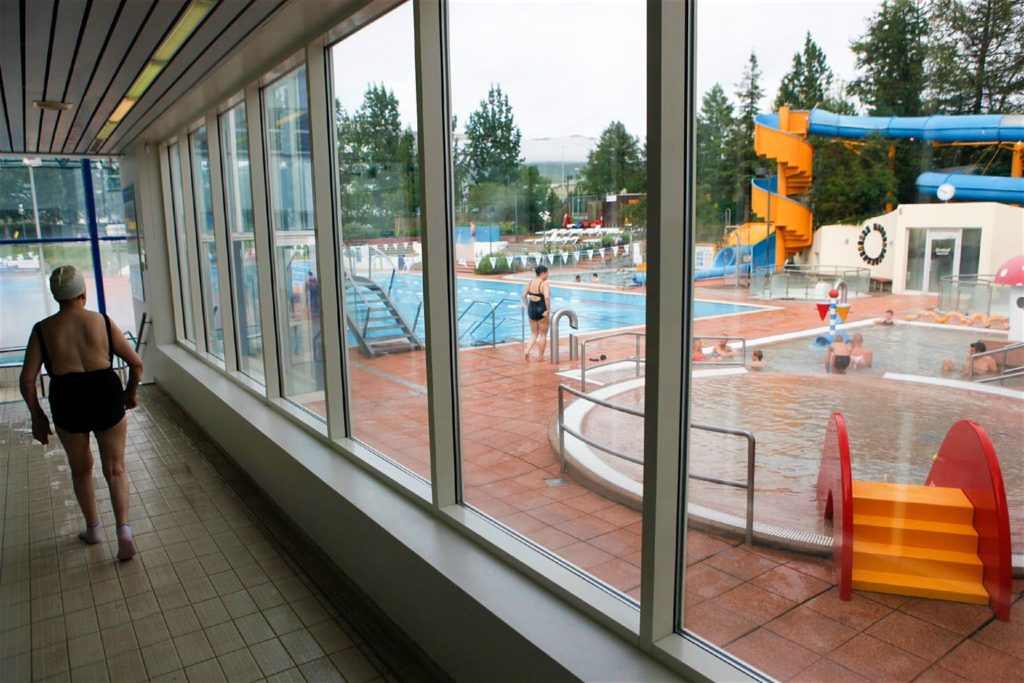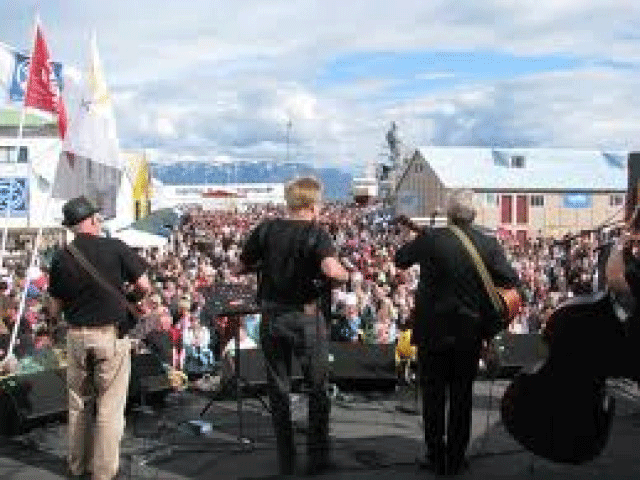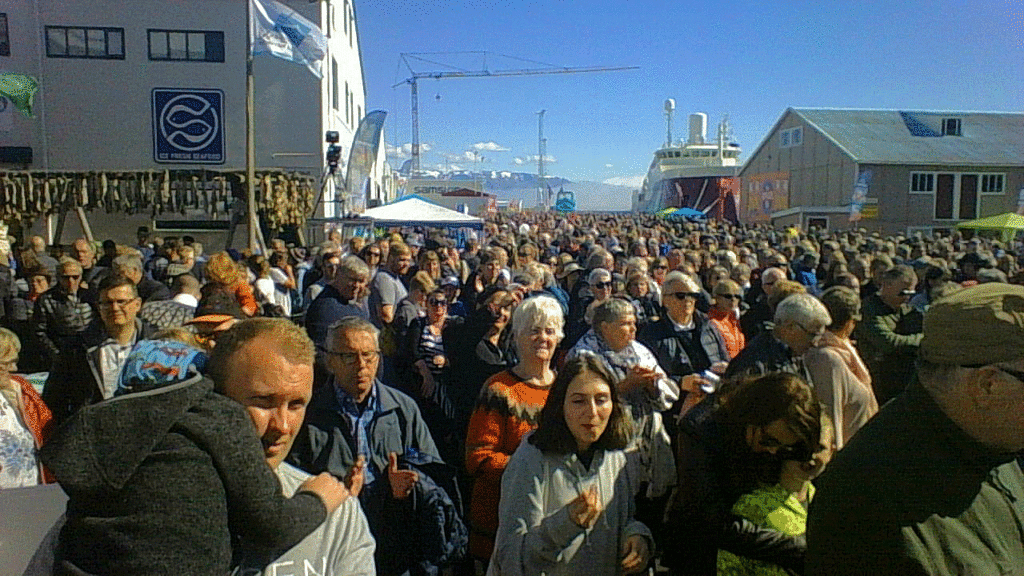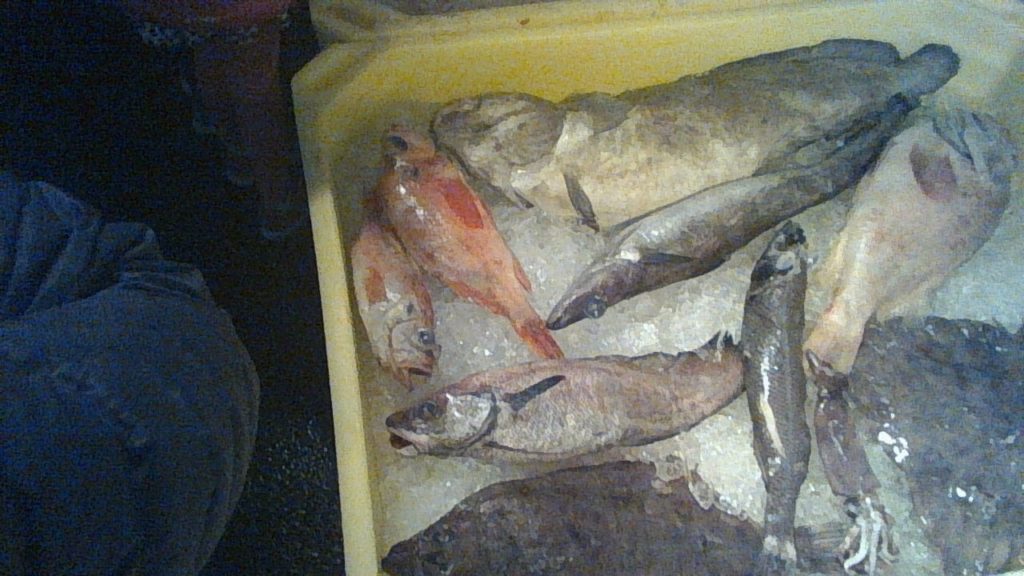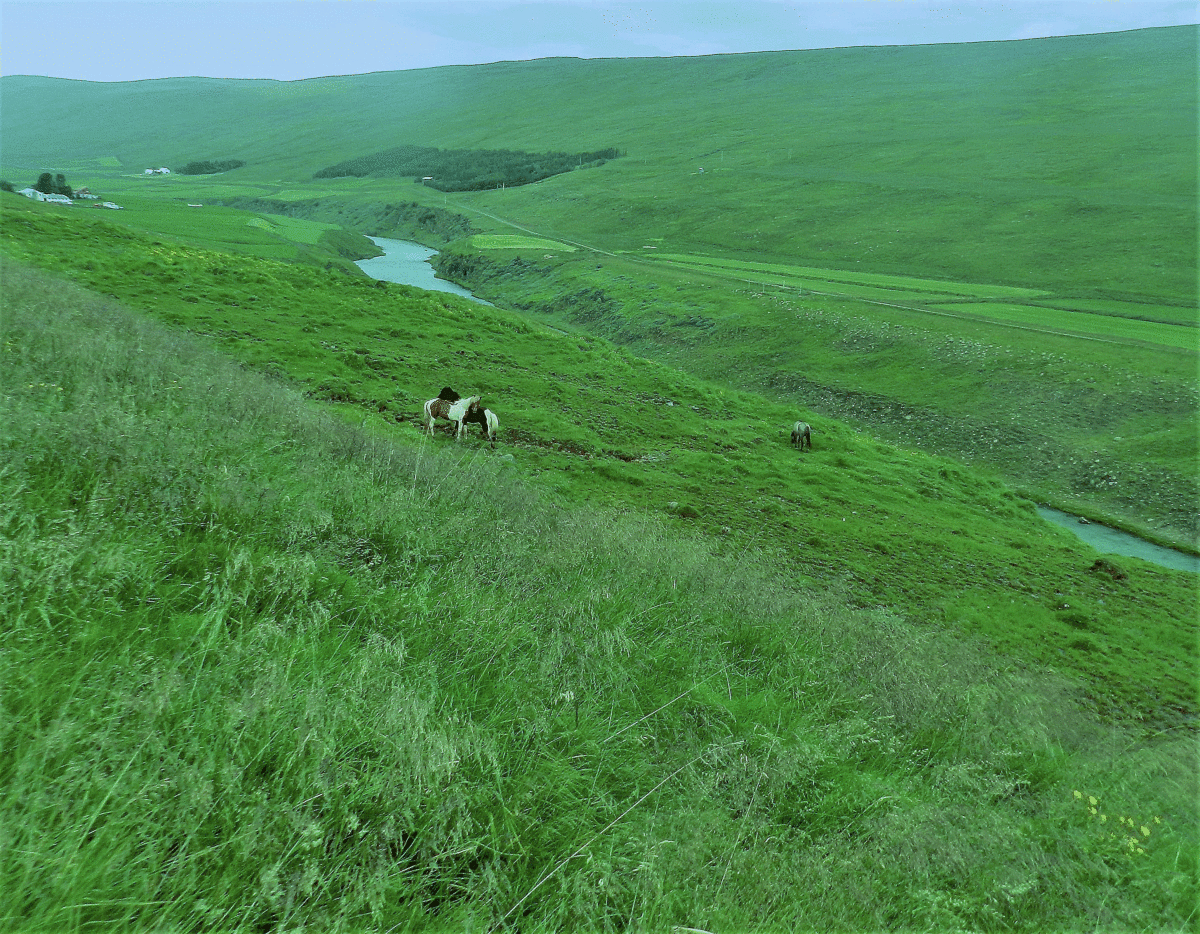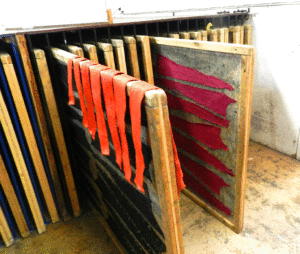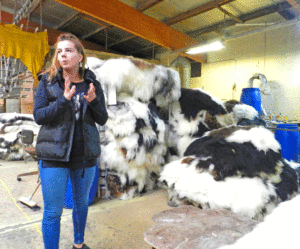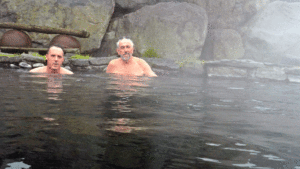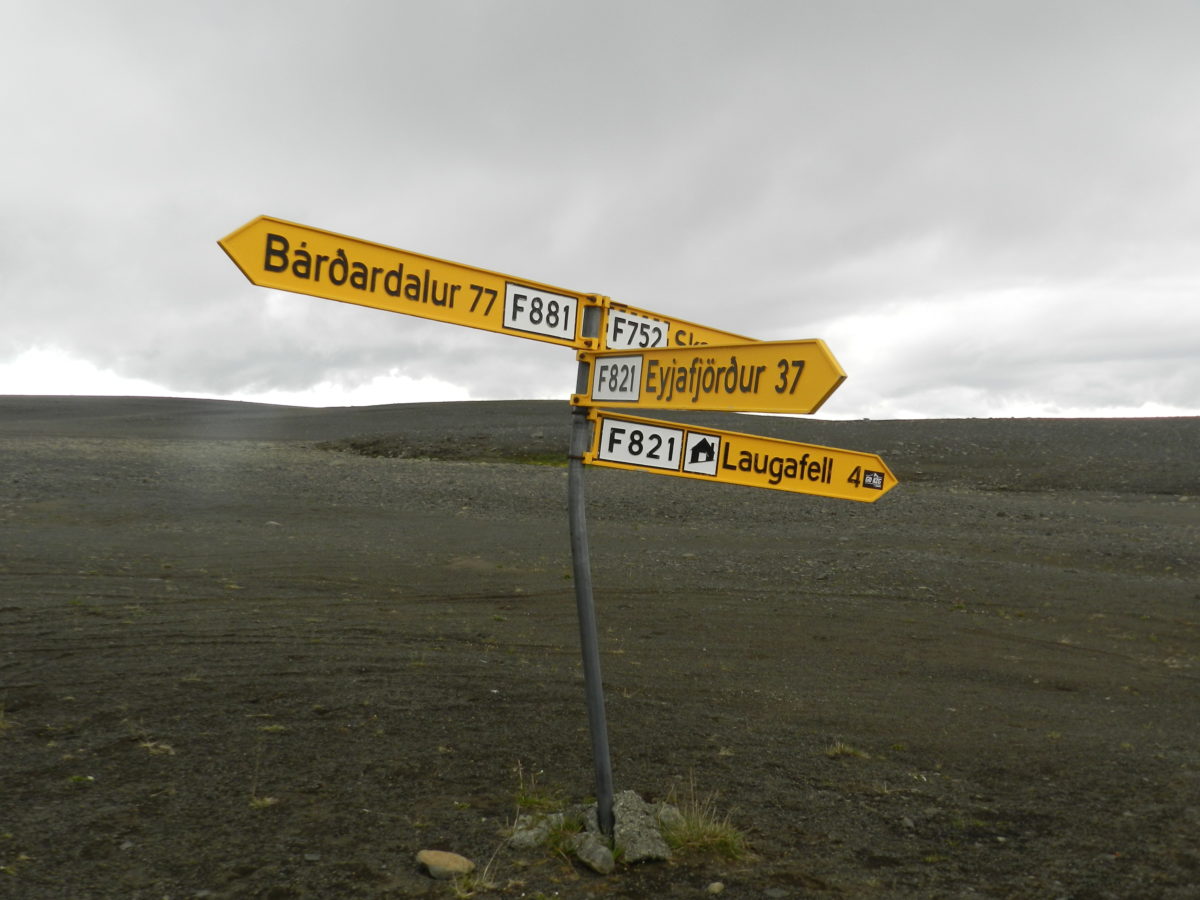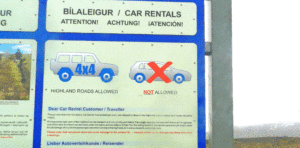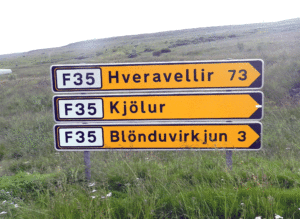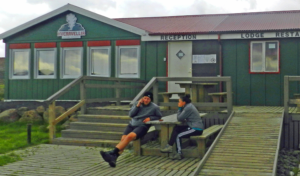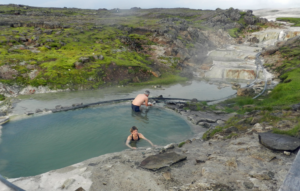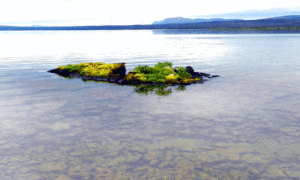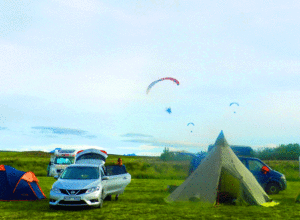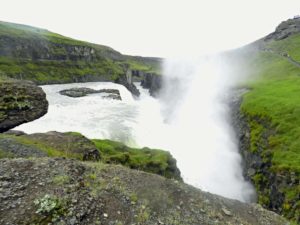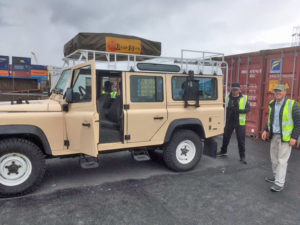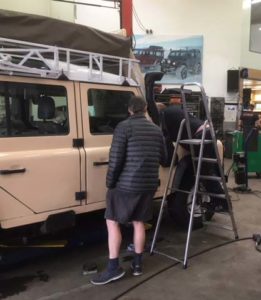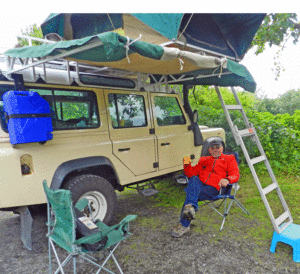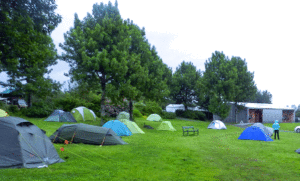Out of Saouerkrokur Maurice and I headed back south toward another highland hot spring at Laugafell, this time about 100 km up the F26. There is something lovely about the rolling green valleys that lead up from the coast.
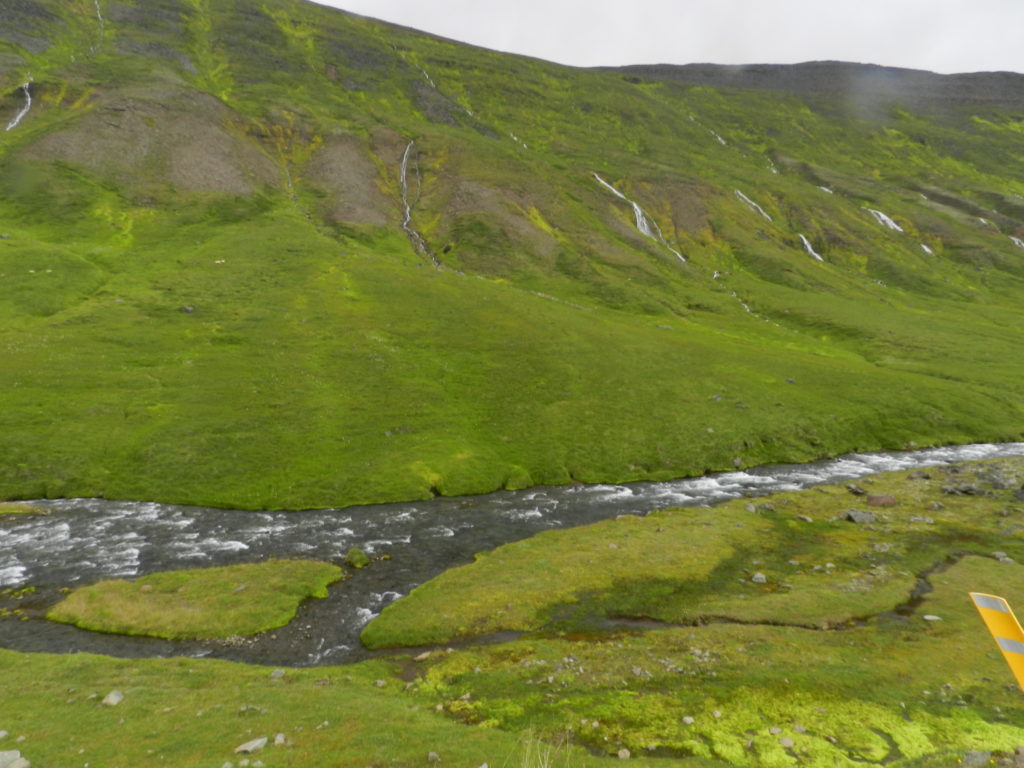
As one ascends into the highlands the greenery transitions to rock, and the road becomes less passable……
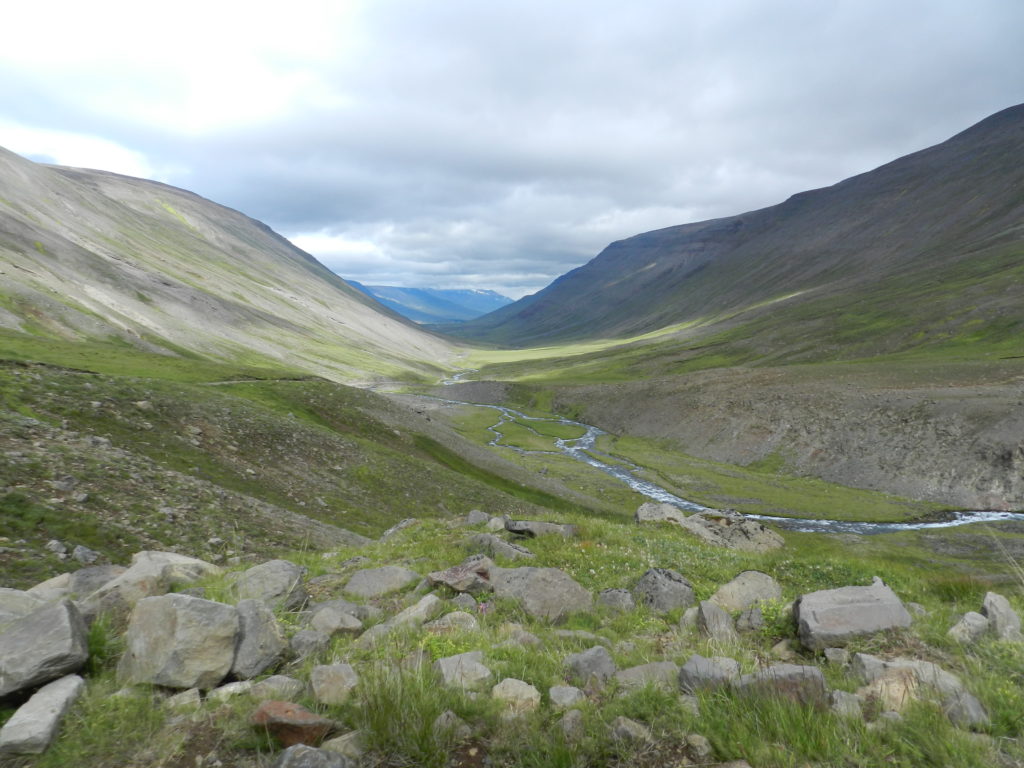
As we gradually climbed the contrast between the green valleys and the stark, treeless landscape of the highland plateau became apparent, and we were warned once again about the quality of the route.
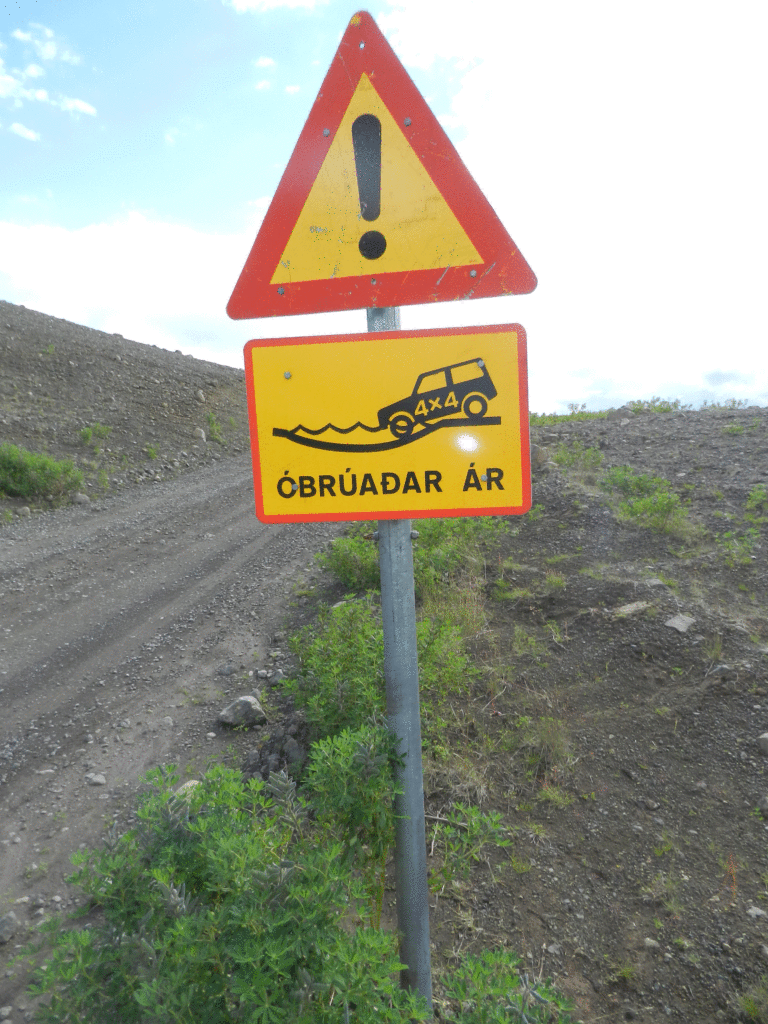
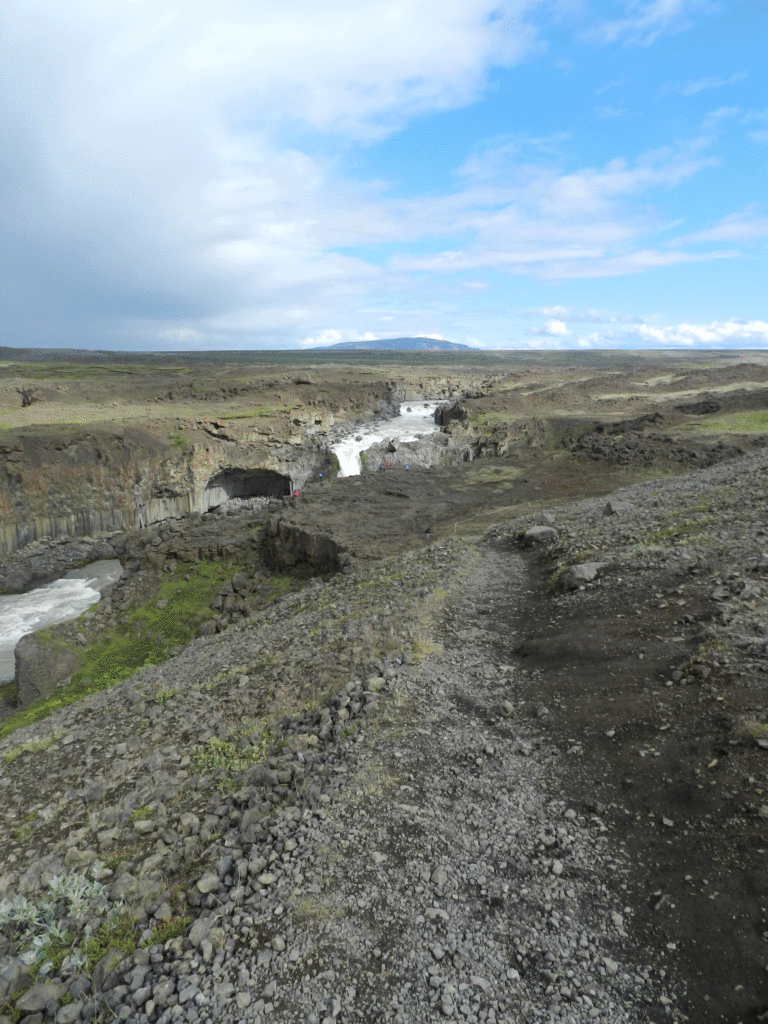
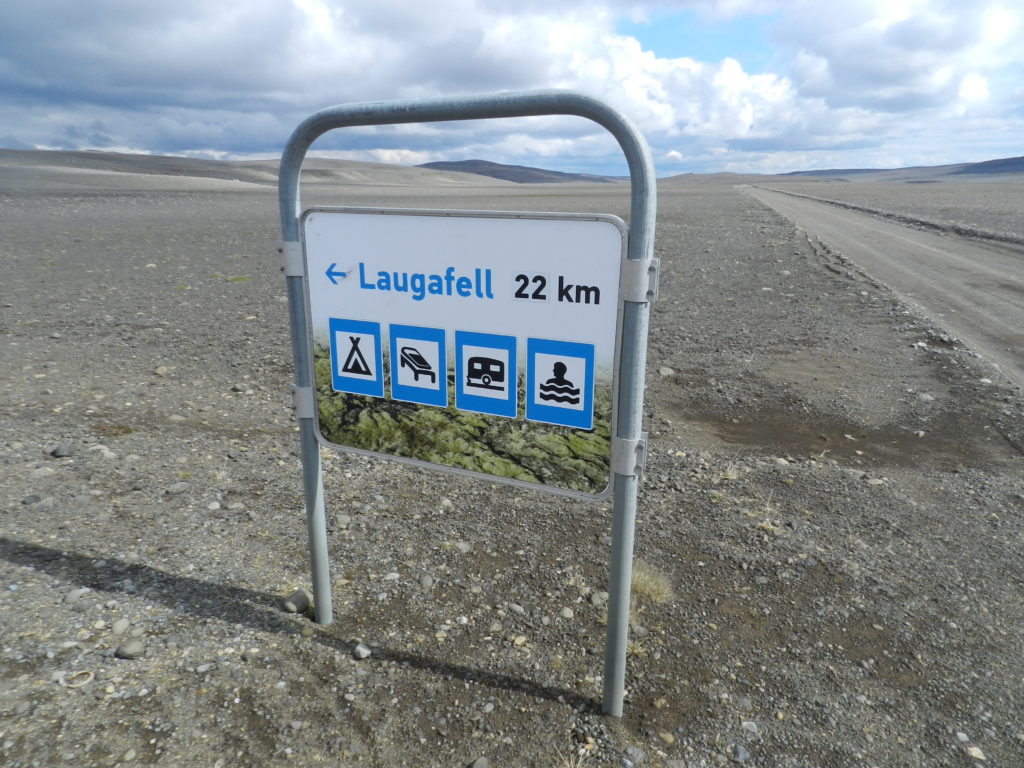
Laugafell itself was, like Hreravellir, just a couple of simple structures. And like Hreravellir, there was a lovely little hot pool maintained at about 102 F . To prevent visitors from getting boiled most of these ‘natural’ pools are maintained at a comfortable temperature by the discrete use of automatic temperature sensors and pipes to run in cool water as needed.

Typical of the highlands, it was very cold and windy. The tenting area was set in a spot that was particularly vulnerable to the elements, without benefit of any trees or cliffs that might offer a windbreak. Maurice opted to forego the tent and instead rent space in the simple hostel building. This proved to be a brilliant choice as he was the only resident that night and we had the simple kitchen all to ourselves to prepare and eat dinner. Like at Hreravellir, for my own sleeping arrangements I positioned the Defender in the lea of a building to protect the rooftop tent from the stiff wind and passed a most pleasant night.

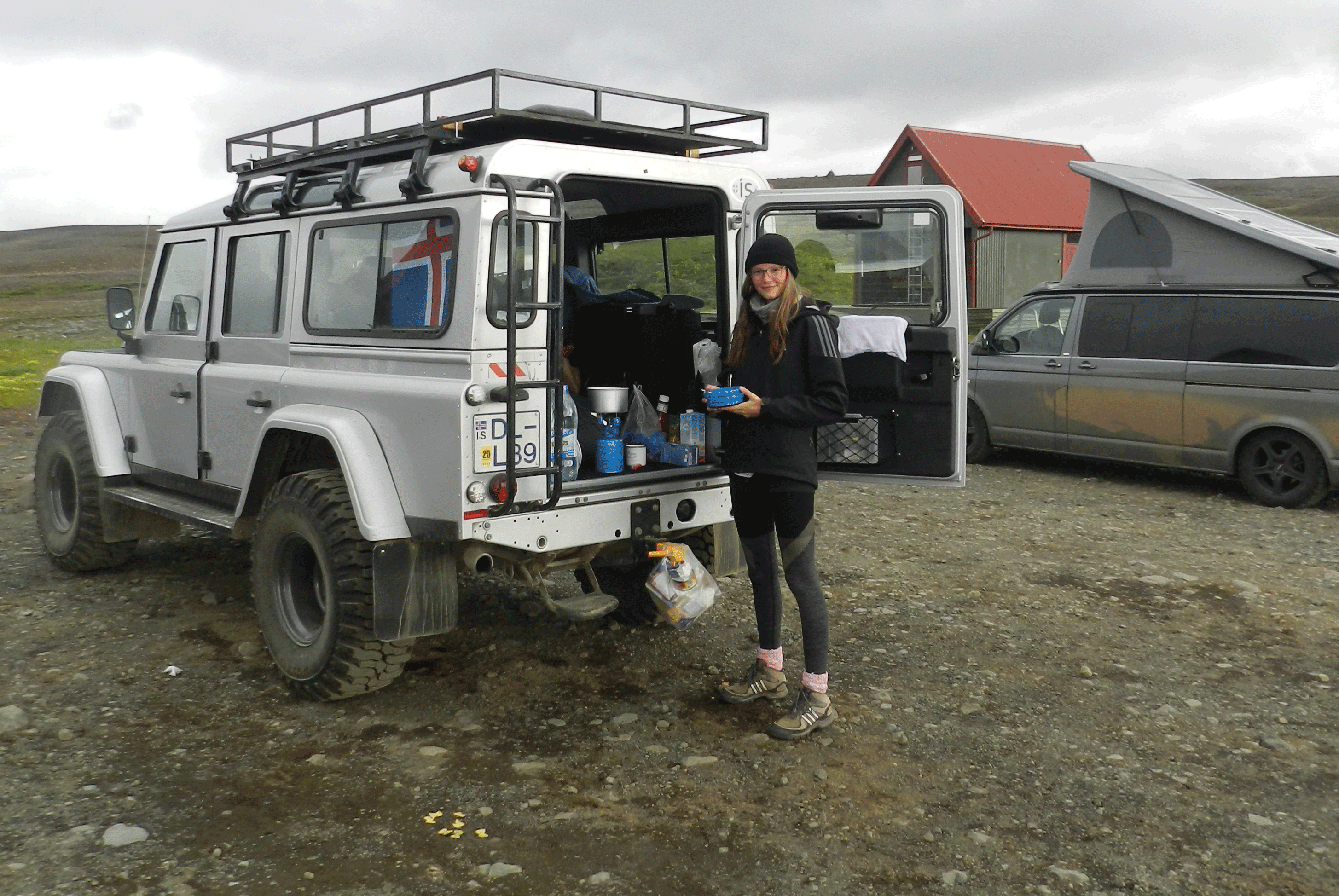
At Laugafell we had a memorable hot tub incident. The pool was only about 2 feet deep, made using natural rocks and boulders with uneven surfaces, much of which was covered with slippery moss requiring some care in maneouvering. When Maurice and I first arrived at the pool there were some other soakers from Belgium and France who were drinking beer. I took their inspiration and went out to the Defender and poured Maurice and I some rum in the stainless steel winelasses. I had just re-entered the pool bearing the glasses and was crouched down in the water when my feet slipped on some moss and I rolled gently backwards. In a split second I was under the water with only the glasses and the toque I had been wearing above the water. Maurice reached out and grabbed the glasses, leaving me to save myself from drowning. No rum was lost.

During the night a young man came into the hostel where Maurice was sleeping and threw down his sleeping bag on the floor. He was apparently walking across the highlands. When Maurice woke up he was gone and we never saw him again. We had a lovely hot breakfast of eggs and toast and were back on the road toward Lake Myvatn by mid-morning.

